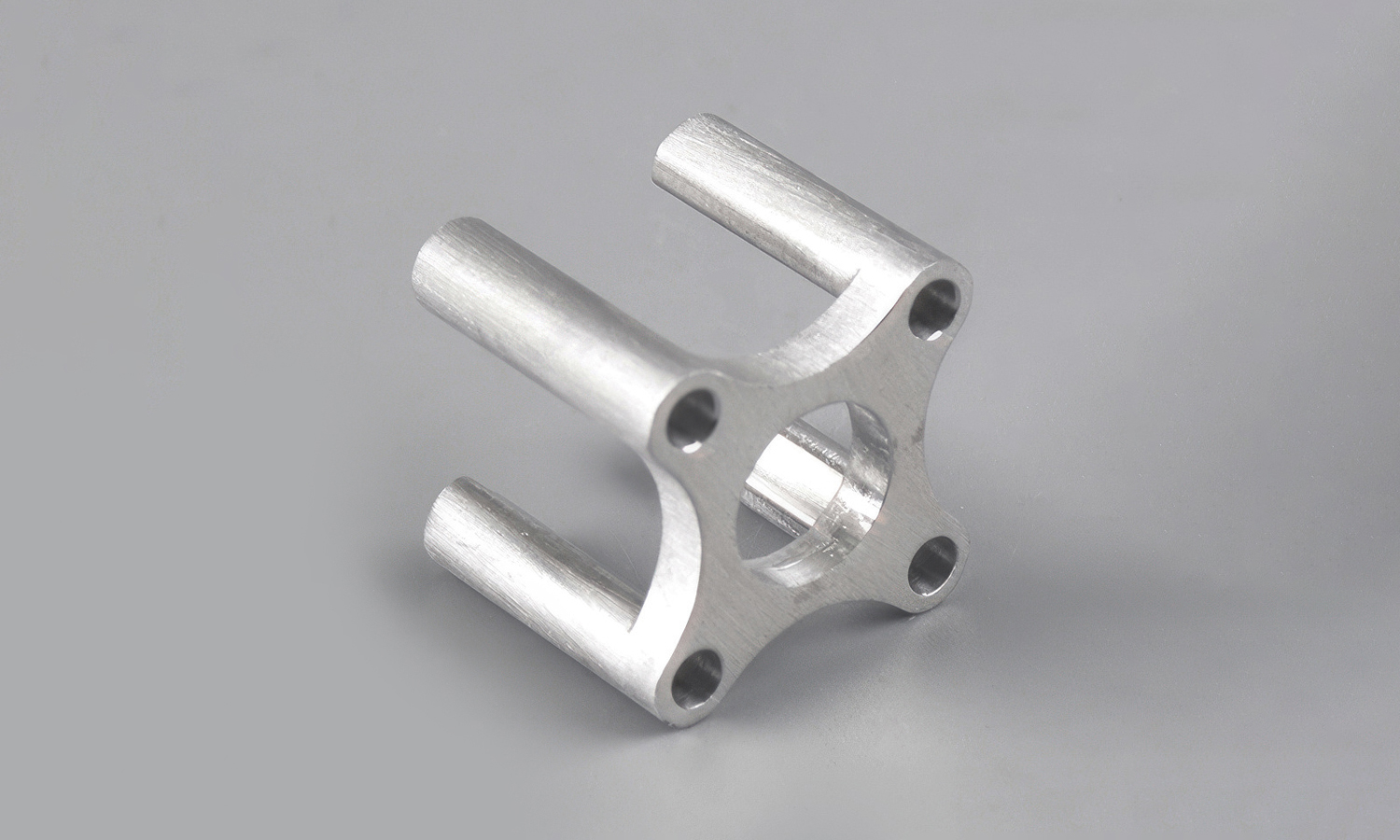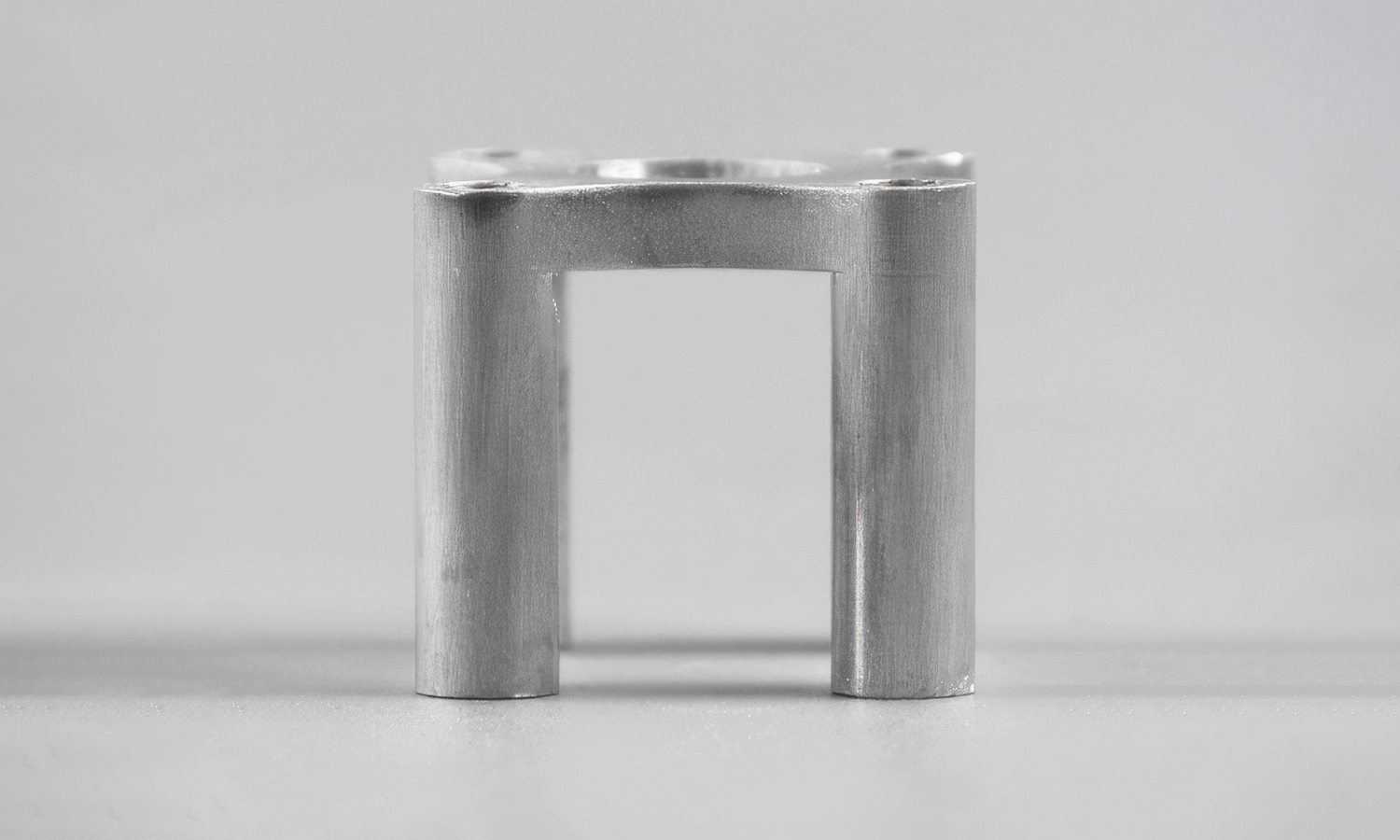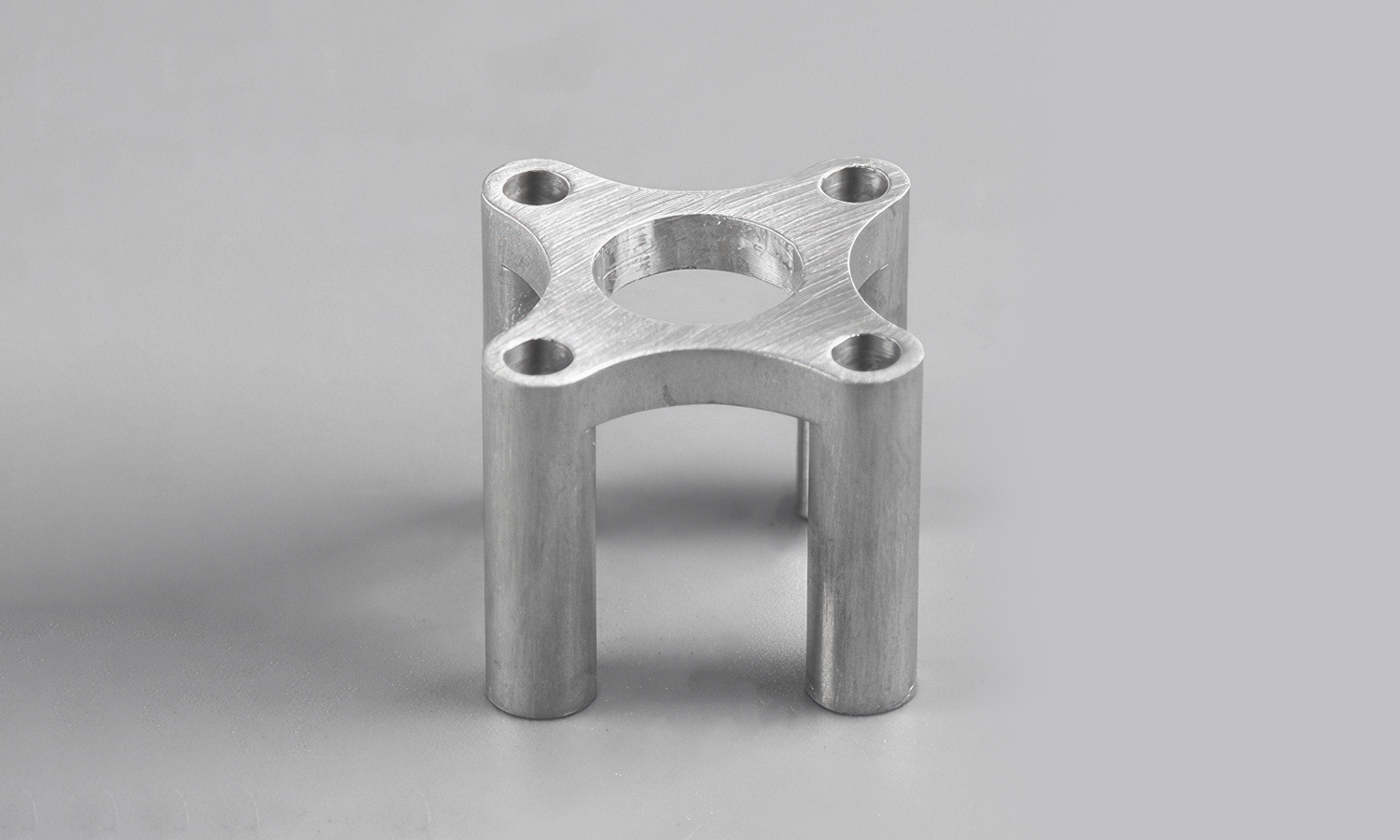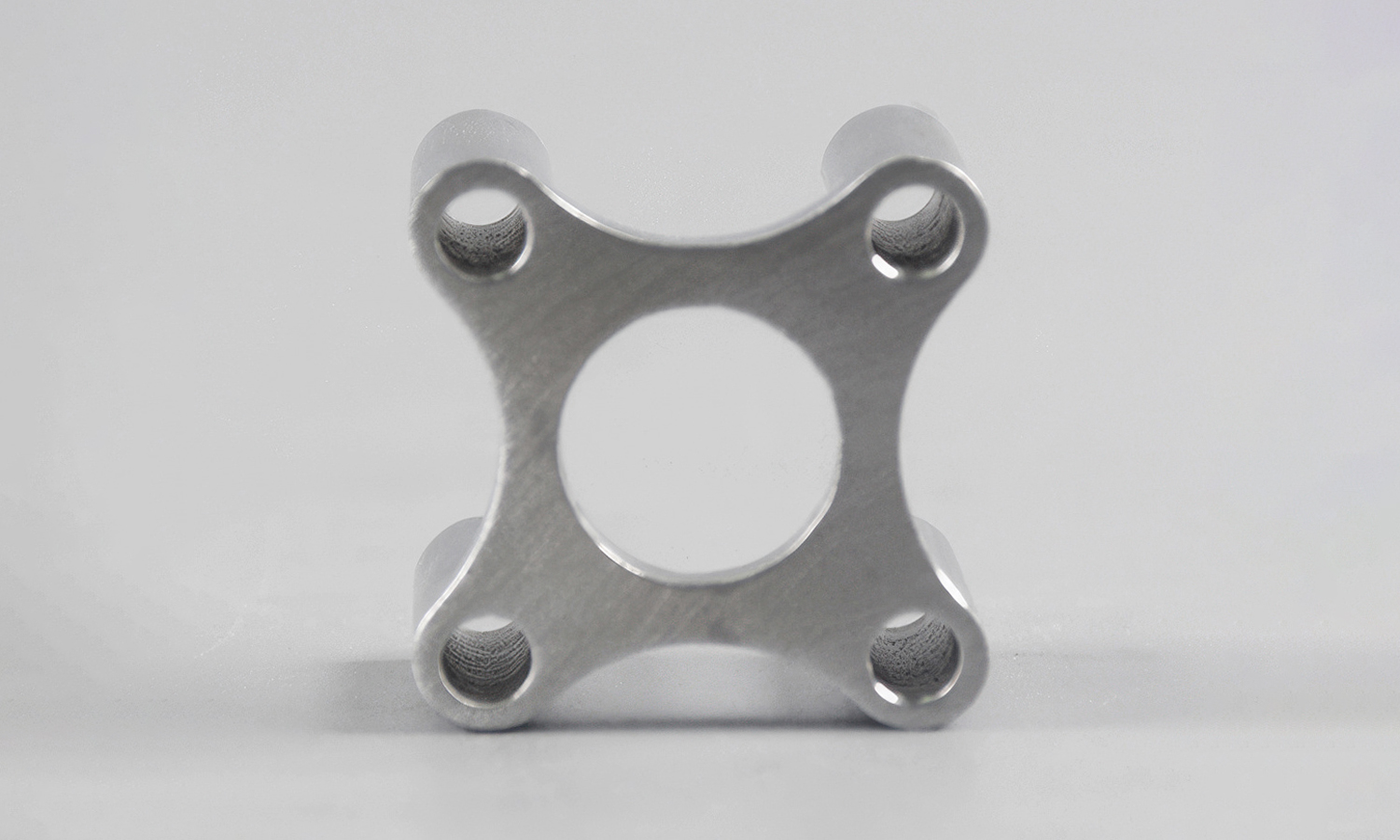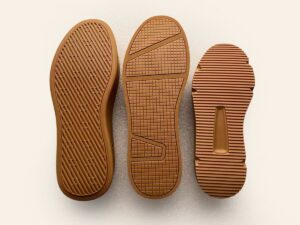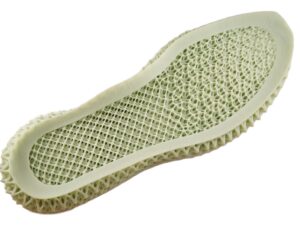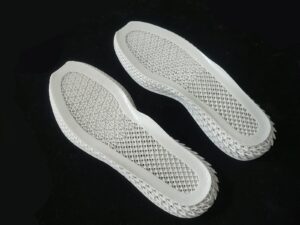- SLM 3D Printed 316L Perforated Exhaust Diffuser Components
- SLA 3D Printed Sensor LED Light Diffuser Prototypes
Gallery
About Project
The intricate world of textile manufacturing relies on precision engineering, and nowhere is this more evident than in the components that drive advanced knitting machines. Today, we’re taking a closer look at a seemingly simple yet critically important part: a CNC-machined spacer/mounting bracket designed for Jacquard flat sock circular knitting machines.
This finely crafted aluminum/magnesium component plays a vital role in ensuring the seamless operation and high-quality output of these sophisticated machines. Its primary function is to act as a precision spacer, maintaining perfect parallelism between two crucial plates – typically the motor-side dial plate and a sensor or solenoid plate. This precise alignment is paramount for the accurate function of the electronic selection (Jacquard) module.
Why this Shape
- Four Corner Through-Holes: These strategically placed holes are designed to accommodate M6-M8 bolts, securely clamping the bracket between the dial plate and an upper frame. This firm connection locks the relative position of the electronic Jacquard module, ensuring consistent and precise pattern execution.
- Central Circular Bore: This central opening serves as a crucial passage. Depending on the machine’s configuration, it allows for the unhindered movement of the needle-cylinder shaft or a yarn-guide/take-down tube, essential for the knitting process.
- Four Solid Legs: These robust legs are not just for support; they act as precise standoffs. They set an exact gap, preventing solenoid selectors from inadvertently hitting the dial – a critical detail for the delicate operation of the Jacquard mechanism. Furthermore, their solid construction helps channel unwanted vibrations away from sensitive electronic components, prolonging their lifespan and maintaining performance.
- Lightweight Aluminum/Magnesium Construction: The choice of material is deliberate and highly beneficial. The inherent lightness of aluminum or magnesium significantly reduces the inertial load on the knitting head. This allows the machine to maintain high RPMs and consistent stitch accuracy, directly impacting production efficiency and the quality of the final product. Additionally, these materials offer excellent resistance to corrosion, a crucial factor in the often-humid environments of textile mills.
This CNC-machined part is a testament to how meticulous design and manufacturing contribute to the overall performance and reliability of complex machinery. Its combination of structural integrity, precise dimensions, and thoughtful material selection makes it an attractive and indispensable component in modern Jacquard flat sock circular knitting machines.
FacFox: Your Partner for Precision CNC Machining in the Textile Industry
At FacFox, we understand the demanding requirements of the textile industry. Our advanced CNC machining services are perfectly suited to produce high-precision components like this Jacquard knitting machine part. From rapid prototyping to high-volume production, we offer exceptional accuracy, a wide range of material options, and a commitment to quality that ensures your machinery operates at its peak. Partner with FacFox to elevate your textile manufacturing with custom-engineered solutions.
Solution
- Step 1: Material Selection. A billet of high-strength, lightweight aluminum alloy (typically AL6061 or magnesium alloy) was selected for its machinability, corrosion resistance, and strength-to-weight ratio.
- Step 2: Rough Cutting. The billet was cut into a rectangular or cylindrical block using a band saw or CNC-controlled saw to match the rough dimensions of the part.
- Step 3: CNC Milling. The block was mounted onto a CNC milling machine. The outer profile, including the top and bottom flat faces, was milled to precise thickness and dimensions.
- Step 4: Hole Drilling and Boring. Four corner holes were drilled using high-speed precision drills. The central circular bore was then created using a boring operation to meet tight diameter tolerances.
- Step 5: Contour and Pocket Milling. The curved internal cutouts between the legs were machined using 3-axis or 5-axis contour milling. Fillets and radius corners were added as per design.
- Step 6: Deburring. All edges and holes were deburred using manual or automated tools to remove sharp burrs and ensure safe handling and smooth assembly.
- Step 7: Surface Finishing. The entire part was brushed or bead-blasted to give a uniform matte surface finish. Optional anodizing or anti-oxidation coating was applied for corrosion protection.
- Step 8: Inspection and Quality Control. The finished part was inspected using calipers, CMM, or laser scanning to verify dimensional accuracy, hole alignment, and surface finish quality.
- Step 9: Packaging. After passing quality control, the part was cleaned, packaged, and labeled as a spare component for Jacquard circular knitting machines.
